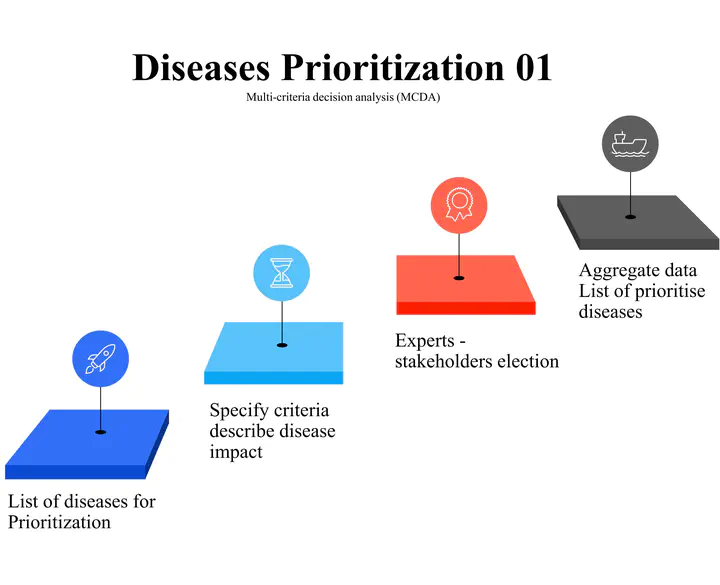Animal Diseases Prioritization for PEI Surveillance System

Animal diseases surveillance activities are driven by a range of societal needs, such as the early detection and management of emerging infectious diseases, the prevention of animal production losses, or the protection of public health and animal health and welfare. However, surveillance is only one of many societal needs, and consequently, the allocation of resources to such activities is inevitably a matter of priorities. In PEI, there is currently no provincial animal disease surveillance system.
Determining animal diseases of importance for surveillance is difficult. Diseases can have social, economic and environmental impacts, and most diseases cause a variety of impacts that span these broad categories. In addition, impacts vary in scale and are often intangible, and the perception of importance of each impact may vary between stakeholders. Therefore, a diseases prioritization process, including the assessment and ranking of animal diseases by stakeholders, is critical to determining the need for investment in and allocation of resources to animal disease surveillance activities.
Seven days long species specific workshops will be held with invited stakeholders to develop a disease prioritization list. The disease prioritization will be used by the Department of Agriculture and Fisheries (DAF) to recommend investments for establishing a new surveillance system.
The purpose of Animal Diseases Prioritization Workshops is to identify and create a prioritized list of animal diseases of greatest concern for PEI surveillance. Workshops will use equal input from expert stakeholders in different sectors including: Academic, Industry, Public Health, Provincial Government, Licensed Veterinarians, and Laboratories. During the workshops, stakeholders will
- Select a group of diseases of importance to animals in PEI.
- Identify a list of appropriate and measurable criteria to assess diseases.
- Weight or score criteria based on its relative importance.
- Assign criteria weights or scores to produce an overall score for each disease.
- Rank diseases based on their overall score.